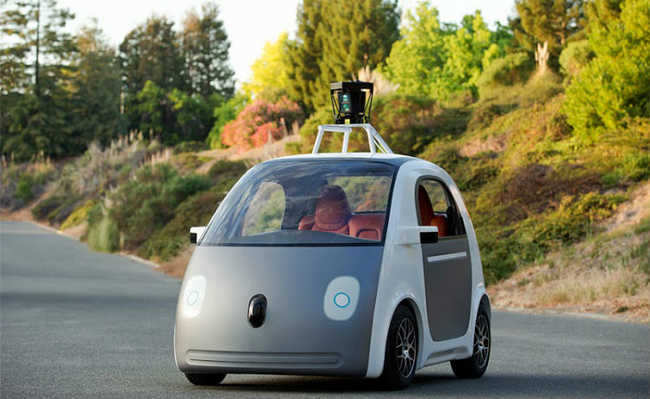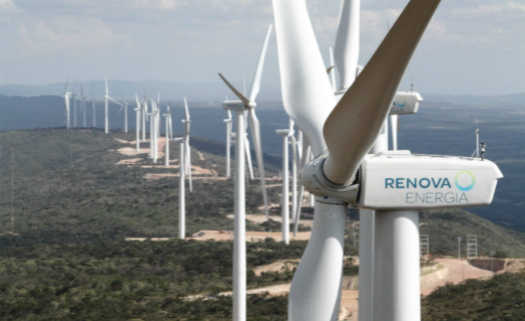Guide on how to install residential solar energy, tips and guidelines
Know the issues involved in installing a photovoltaic system at home

Have you thought about producing and consuming electricity in a more sustainable way? If so, it is very likely that the installation of photovoltaic solar energy as a power system has crossed your mind.
The benefits can be many, but it is necessary to have a direction on the processes of purchase, installation and operation of the technology. Therefore, we show you the most important points when it comes to getting it in your home with the guide on how to install residential solar energy.
And the sun?
The first question when purchasing and installing residential equipment that transforms solar energy into thermal and/or electrical energy should be: the geographic location of the residence.
The duration of the incidence of solar radiation can vary greatly from place to place. Even though Brazil is a country with little variation in solar radiation in its territory, there are places where solar use for water heating is more advantageous (South and Southeast) and others where the best is the photovoltaic generation of electricity (North and Northeast). But this does not mean that in the South and Southeast regions it is not possible to generate photovoltaic electricity and that in the North and Northeast regions it is not possible to use solar energy to heat water.
Heat water or generate electricity?
Thus, the second point to be analyzed deals with the purpose of installing the solar energy system: for heating water or for generating electricity (photovoltaic system). Technologies and costs can be different. Within the photovoltaic system, there is the photovoltaic system isolated from the grid and the photovoltaic system connected to the grid. The grid isolated system requires more specific calculations on the amount of energy that is consumed in the home and on the amount of energy needed so that the building does not run out of power, since it is not connected to the grid.
The system connected to the grid uses electricity from the distribution network when it does not generate energy through the photovoltaic system, and when it produces excess energy, this portion is returned to the distribution network. This is a great stimulus, as discounts are great for those connected to the grid, not to mention that the surplus helps in the decentralization of the electricity production system - which can be a viable solution for the production of clean energy in Brazil a long term (see more).
For water heating using solar radiation, there are thermal solar energy systems made up of flat solar collectors, which can be applied in homes.
cost and choices
The cost of purchasing an insulated photovoltaic system can be higher due to energy storage batteries. And the cost to acquire a photovoltaic system connected to the grid can be lower, with the distribution grid being a kind of infinite battery for the surplus of photovoltaic energy. The payback time for the investment in the photovoltaic system can vary between 8 to 10 years (the energy bill will no longer need to be paid).
Often, when choosing a photovoltaic module, we only look at the module's efficiency and its cost. According to the Reference Center for Solar and Wind Energy Sérgio de Salvo Brito, efficiency is an important point, but it should only be considered as a decisive factor when the area for installing the photovoltaic panel is restricted. If this is not the case, service life and cost must be analyzed first.
Does my house support a solar energy system?
The next step refers to the structure of the residence, that is, whether the building and its surroundings are adapted to receive the installation of a solar energy system, as this can compromise its performance.
In the case of photovoltaic systems, urban installations are carried out on the roof ( rooftop ). Interferences such as winds, parts of the building structure, shadows and reflective surfaces can reduce the system's efficiency. Air circulation is also essential so that the photovoltaic modules do not overheat. Very crowded places make this circulation difficult. The ideal is for the building to be in a place whose surroundings are freer. To support the weight of the photovoltaic panels, the roof must be reinforced and must not present structural problems that compromise the safety of the equipment and the residents.
As for space, an inclined surface of approximately 10 m² can generate up to 1 kWp (enough energy to meet the demand of an entire residence that contains efficient electrical equipment) and is satisfactory for installing photovoltaic panels in the isolated system. However, for grid-connected photovoltaic systems, the space required may be smaller, as the need for photovoltaic energy generated will decrease. Photovoltaic systems do not need additional space beyond those already existing in buildings, therefore, they can adapt to the shape of roofs and surfaces of buildings.
What is the best inclination and orientation of the solar panel?
In order not to lose efficiency of the photovoltaic modules and improve the capture of solar energy, the inclination of the panels is a very relevant issue. In the case of Brazil, located in the Earth's southern hemisphere, the solar panel installed in your home must have its face oriented to true north (which is not the same North as given by the compass). For northern hemisphere countries, the solar panel must be facing true south.
Regarding the angle of inclination, this must be equal to the latitude of the place where the photovoltaic system will be installed. However, small variations in the inclination do not significantly reduce the energy generated, and a variation of 10° more or less in relation to the latitude value will not alter the capture of solar radiation. For regions very close to the equator, the minimum inclination must be 10°.
Due to the apparent movement of the Sun throughout the seasons, there are controls that guide the modules to follow the solar movement, these controls can be manual or automatic.
What are the components of a photovoltaic system?
- Generator block: composed of photovoltaic modules, cables and a support structure;
- Power conditioning block: composed of converters, voltage inverters, rectifiers, charge controllers, maximum power point follower, blocking and pass-through diodes;
- Storage block (optional for grid-connected systems): composed of batteries
The generator block must be installed on the building roof. The storage and power conditioning blocks must be installed in a covered, protected and easily accessible location, as shown in the image:
It is always necessary to use protective equipment to carry out the installation of photovoltaic panels such as: rope, helmet and secure and fixed structures to hold the rope.










